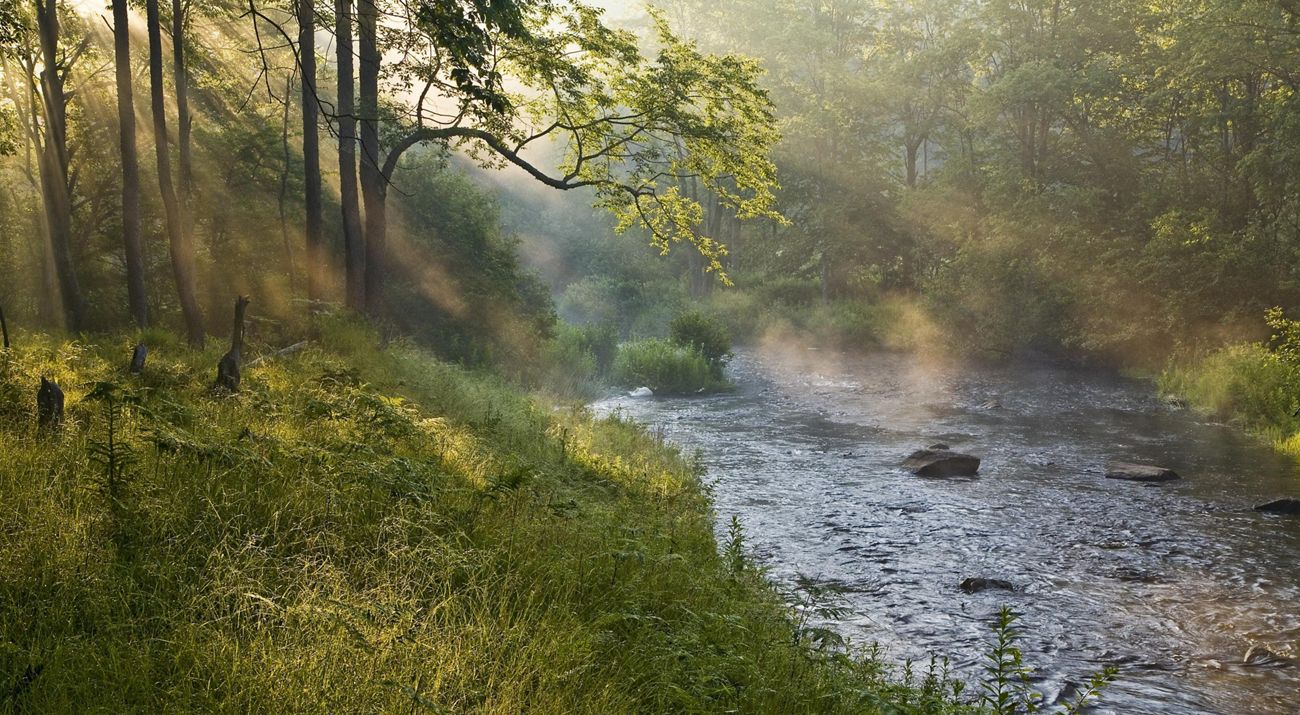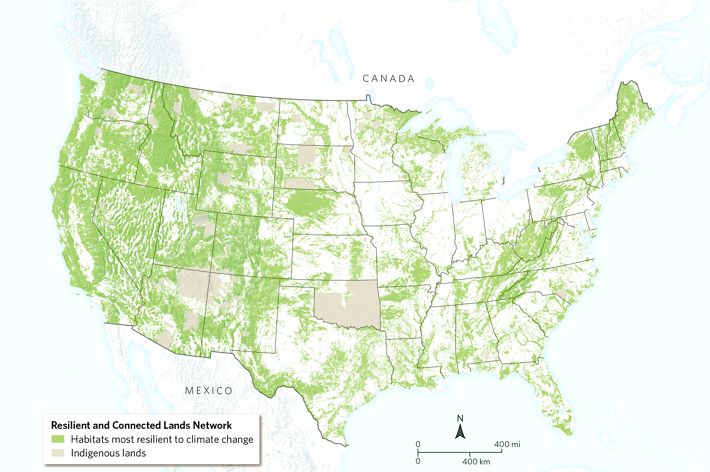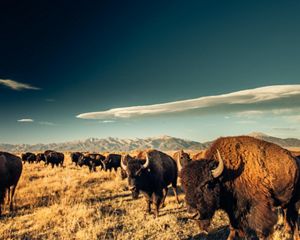The United States should work to conserve wildlife habitats and biodiversity, slow extinction rates, secure and enhance nature’s contribution to people and grow natural carbon stocks.
Conservation is essential to economic prosperity and the health and well-being of communities across the country. Yet, the lands and waters that sustain human life and biodiversity are in jeopardy. Climate change and a wide range of human activities are impacting habitats at an unprecedented and unsustainable rate.
A loss of biodiversity affects all. Diminished fish habitats hurt fishing communities. Forests at higher risk of wildfires not only threaten wildlife habitat but also livelihoods. The loss of diverse plants and animals threatens the outdoor recreation industry that supports millions of jobs and generates hundreds of billions in economic output across the United States. There is still time to reverse the devastating effects of the country’s declining ecosystems, but these changes demand more than scaling up current efforts. They demand bold action.
The America the Beautiful initiative is a national goal to conserve and restore 30 percent of the country’s lands and waters by 2030. There is no single strategy capable of accomplishing this goal. To succeed requires collaborative processes, better science and large-scale spatial planning to identify, conserve and restore climate-resilient habitats. It must include sustainable resource management backed by robust public policies and funding to address systemic changes in different geographies and communities.
(Update: The White House has released its “America the Beautiful” initiative for a locally led and voluntary effort to reach the U.S. goal to conserve 30 percent of the country’s lands and waters by 2030. See The Nature Conservancy's statement.)
There is no single strategy capable of accomplishing this goal. To succeed requires collaborative processes, better science and large-scale spatial planning to identify, conserve and restore climate-resilient habitats. It must include sustainable resource management backed by robust public policies and funding to address systemic changes in different geographies and communities.
Critical Elements of America the Beautiful
- A Broad Definition of Action
- Representation
- Effective Management
- Durability
- Collaboration
- Equality
Paths and Tools for America the Beautiful
Preserving biodiversity has been core to The Nature Conservancy’s (TNC) mission since its founding. Its science and experience have resulted in meaningful, lasting conservation successes, and America the Beautiful is a natural extension of that mission. Reaching the goal of the initiative will take conserving and restoring lands, oceans and waters in a scientifically sound and collaborative manner. It also means avoiding the irreversible conversion or unsustainable use of the country’s lands and waters.
Working lands and waters have a critical role in meeting this goal. It will take working with all parties to enhance the restoration and management of existing lands, freshwater and ocean habitats. It will take strategies to facilitate federal, state, tribal and local efforts that are collaborative, connected and aligned to a national strategy. It will take investments in nature-based climate solutions and policies to reduce watershed, seascape and landscape degradation.
This effort will require prioritizing biodiversity protection in other sectors and ensuring America the Beautiful efforts are harmonized with international Convention on Biological Diversity negotiations. Reaching the 30 percent target will take significant coordination and funding. Congress should help convene and develop shared solutions for achieving these goals. It must also expand funding for these efforts, including doubling both domestic and international biodiversity funding by 2030.
A Climate-Resilient Path for America the Beautiful
A significant portion of this goal should be met with investments in the lands and waters that are most resilient to climate change and will allow plant and animal species to find new places to thrive away from growing climate threats.
Growing climate impacts are forcing plant and animal species to move an average of 11 miles north and 36 feet higher in elevation each decade to find more hospitable places to live. Unfortunately, more than half of U.S. lands and waters are fragmented by human development, blocking species’ movement.
TNC—working for over a decade with more than 150 scientists from the public and private sectors—has mapped a network of connected lands across the United States with unique
topographies, geologies and other characteristics that make them resilient to climate change. The resulting Resilient Lands Mapping Tool can identify the most resilient lands across the nation that, if conserved, would allow species to move away from climate impacts and find new habitats. The network covers 33 percent of the continental United States and is already being used by land trusts and government agencies across the country to develop local conservation plans.
Along with protecting biodiversity, these resilient lands also support human communities by providing fresh water, outdoor industry jobs and other benefits. They also fight climate change by storing above-average amounts of carbon.
The biodiversity and nature crises demand bold action. With the help of TNC’s trusted science and on-the-ground experience across the country and around the world, the United States can make significant progress in conserving the most important lands and waters over the next decade and enhancing collaborative private lands conservation.
Case Study: A Climate Stronghold in North Carolina
In North Carolina, the Resilient Lands Mapping Tool was used by the Sandhills Conservation Partnership—a collaboration between the U.S. Fish and Wildlife Service, the North Carolina Forest Service, Fort Bragg, TNC and others—to expand its area of work to include the Uwharrie Mountains.
Many longleaf-associated species such as the red-cockaded woodpecker have disappeared from the Uwharries due to a lack of fire management, but the mapping tool identified the area as being highly resilient to climate change due to its varying soils and topography. The partnership expanded its work to include the Uwharries to ensure the area could provide safe homes in the future to the Sandhills’ many species.




